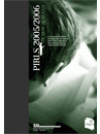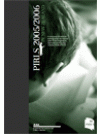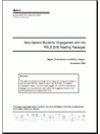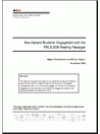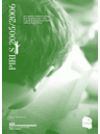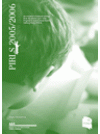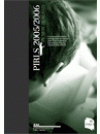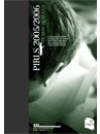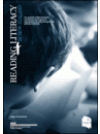The Progress in International Reading Literacy Study (PIRLS) is a research study that provides both trend and snapshot information on the reading literacy of New Zealand's Year 5 students in both the International and national contexts. PIRLS-2005/2006 was the second cycle of the study to be administered.
Methodology
Each student was given a booklet that contained either two literary (story) texts, two information texts, or one of each. There were five different literary texts and five different information texts so that students did not all have the same material. Each passage (story or information text) was followed by a series of questions that were designed to assess the student’s reading comprehension. Some questions were closed (i.e., students selected an answer from those provided) and some questions were open (i.e., students had to write their own response to the question with some questions requiring one or two sentences using examples from the texts to explain their answers).
Key Results
The majority of the international results are in a bigger report – Reading Literacy in New Zealand: an overview of New Zealand’s results from the Progress in International Reading Literacy Study (PIRLS) 2005/2006, which was published in November 2007. Here are some of the key findings.
- The average (mean) reading literacy score for New Zealand Year 5 students was 532.
- The New Zealand average was:
- in statistical terms, significantly higher than the PIRLS scale average of 500
- significantly higher than the average score for students in 19 countries
- similar to the average score for students in three countries – Chinese Taipei, Scotland, and the Slovak Republic, and
- significantly lower than the average score for students in 17 countries including England, Hong Kong, and the United States.
- The average reading literacy score for New Zealand in statistical terms did not change from 2001 to 2005.
- There was a small increase in the average score for informational reading from when Year 5 students were assessed in 2001 to when they were assessed in 2005 but in statistical terms this was not a significant change.
- Overall, New Zealand students showed relatively stronger performance on questions where they had to use reasoning skills (e.g., interpreting and integrating ideas) than on questions that required them to use text-based skills (e.g., focus on and retrieving explicitly stated information). Because of the features of the different reading texts, the questions assessing the text-based processes were not necessarily less difficult than the questions assessing the reasoning processes.
- Compared with many other countries participating in this study, New Zealand had a relatively large group of students who demonstrated very advanced reading comprehension skills.
- New Zealand also had a slightly bigger group of weaker readers than some other higher performing countries. These students were likely to have difficulties in locating a specific part of a story, or locating and reproducing information actually stated in a text.
- New Zealand Year 5 boys and girls typically achieved above the international averages for boys and girls. However the average difference between New Zealand girls and boys of 24 points was one of the biggest internationally.

